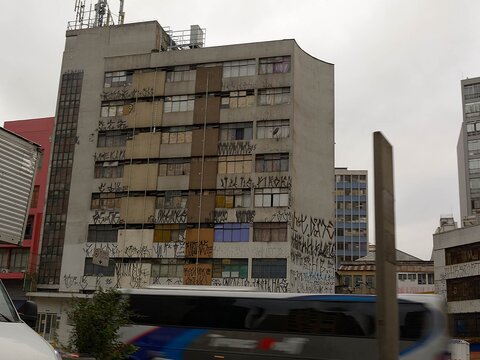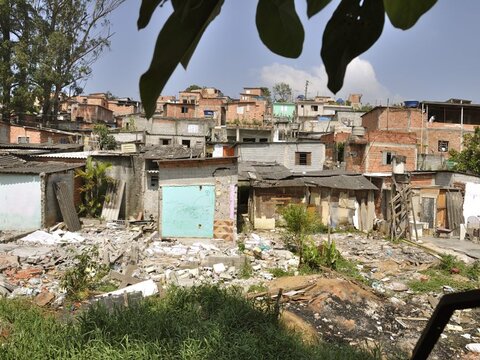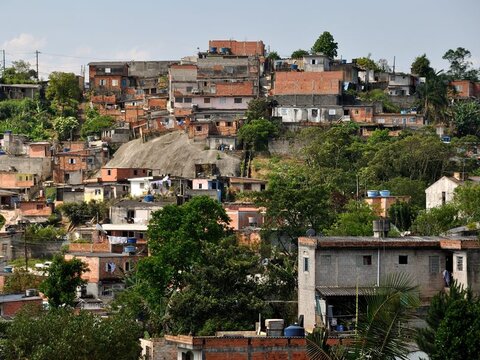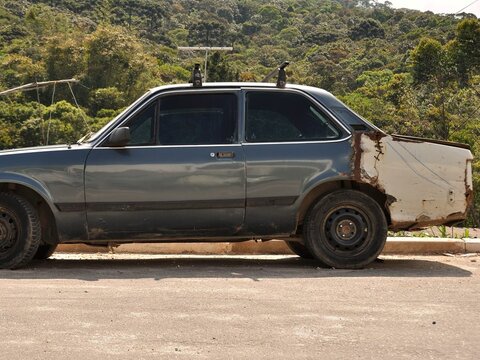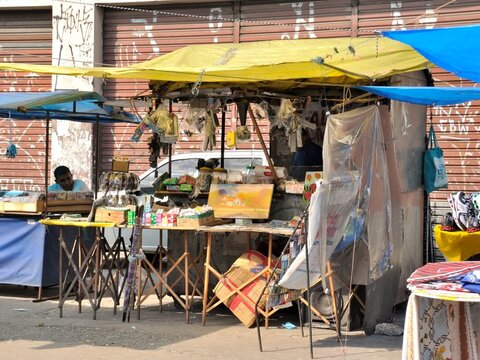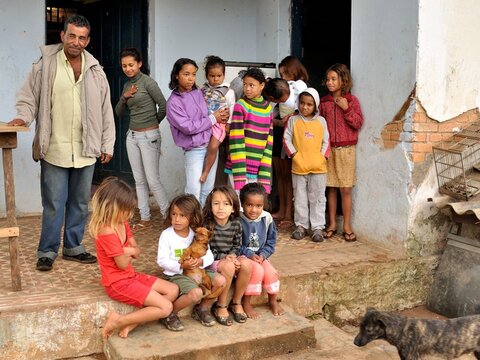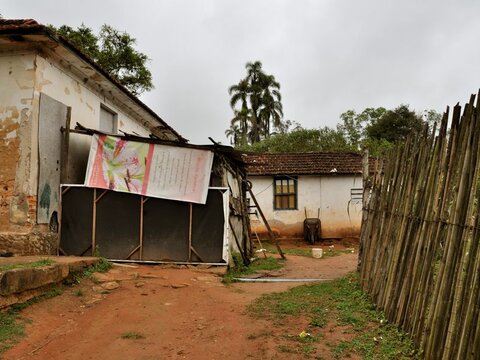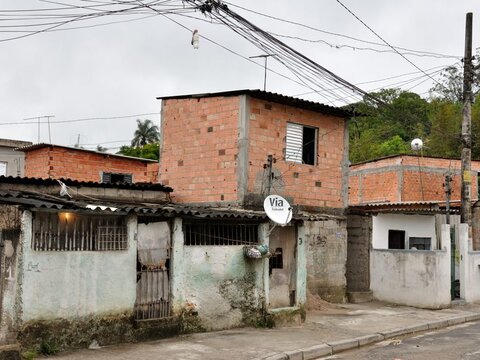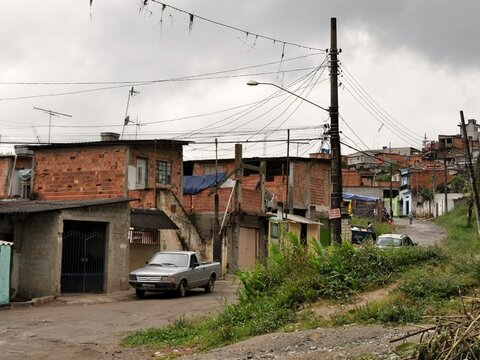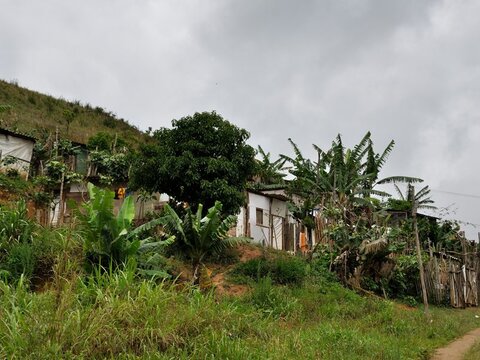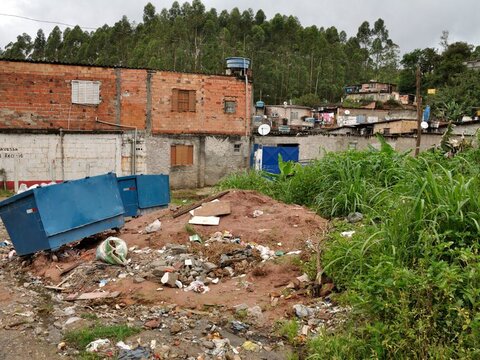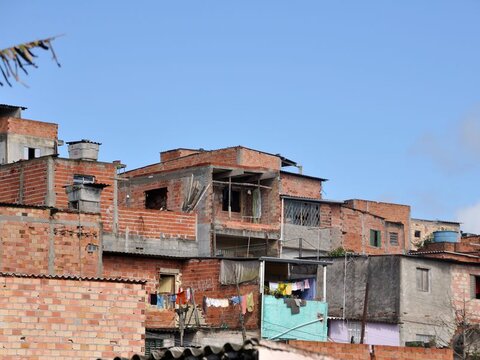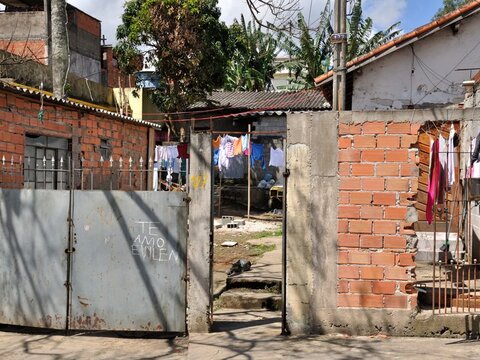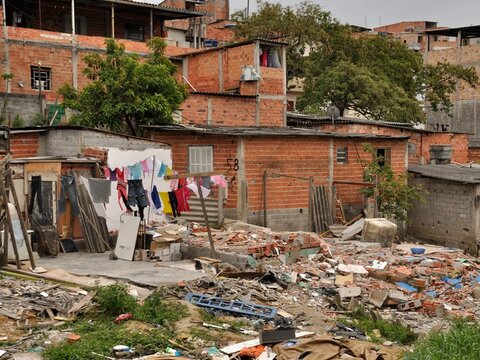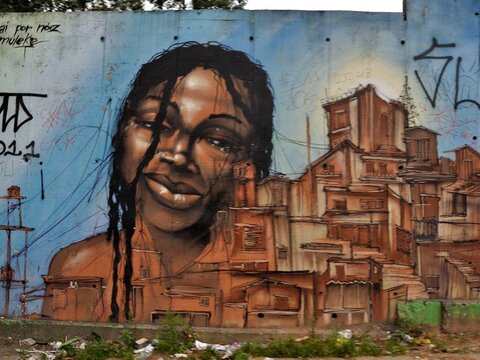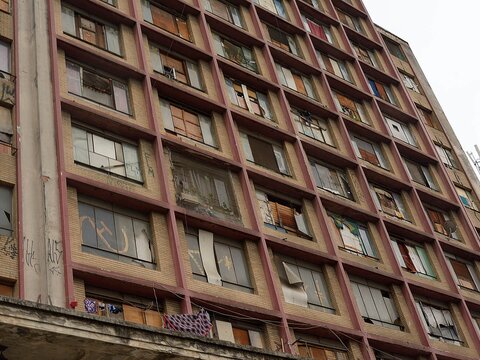What is a FAVELA ?
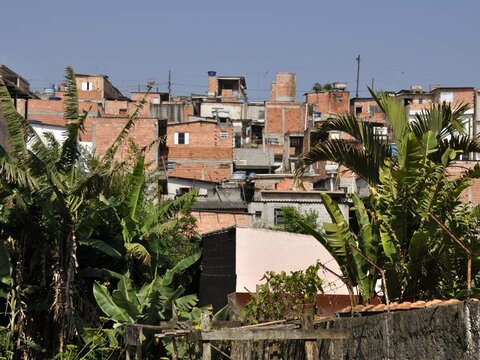
In South America (pronounced fa’vela) is also called villa miseria, brarriada, in English shantytown, township or slum. UN-HABITAT defines the term slum as a "settlement in which more than half of the inhabitants live in unacceptable housing without basic utilities, without property rights, access to clean water or sanitation, and without living conditions." According to a UN statistic, nearly 1 in 6 people in the world - that's about a billion people! - live in such a slum area, where poverty, diseases, discrimination and no access to education prevail! In addition, there is a high unemployment rate, coupled with social problems, crime, drug abuse and alcoholism.
In Brazil, favela was officially used for the first time in 1920: this was the name given to a settlement consisting of 839 shelters on the Morro da Providência in Rio de Janeiro during the census. In 1963, the official definition was drafted as "favela is a group of dwellings with high population density, built unsystematically, with unsuitable materials without zoning, without public utilities and on illegally used land without the owner's consent".
In 1963 the wording still explicitly referred to ". . . illegally used land . . ." and at that time favelas were more likely to be found on the outskirts of major cities. Today the term favelas verticais, vertical favelas, is also used. These are occupied high-rise building ruins or illegally occupied high-rise buildings that are empty for various reasons. It is self-explanatory that this phenomenon occcurs in densely built-up urban areas. Nowadays, Brazilian cities are crisscrossed by favelas throughout their urban areas.
The nucleus of a new favela is often found, for example, under the bridge of an urban highway. Homeless people set up shreds of tarpaulin between the pillars, clamp folded cardboard boxes as reinforcement, and perhaps use an old wrecked car roof as a protective wall. The "building materials" come from garbage dumps, junkyards or simply lie on the roadside. If the people are not driven away, they begin to strengthen their dwelling with old boards and objects found at derelict houses.
Those who try to put a roof over their heads in this desperate way have very often moved from the countryside to the big city, expecting to find work and a better life. In large parts of Brazil, the exploitative system of large-scale landlordism still dominates reality. The simple rural population is uneducated - illiteracy is still widespread - and works, poorly paid, mostly in agriculture.
When these people arrive in the cities, they quickly realize that their skills are not in demand; they haven’t mastered anything that would bring them closer to their expectations of being able to lead a better life. And so they end up as homeless people, for example, under a bridge. Many then drift into drug and alcohol abuse, slide into drug-related crime and prostitution.
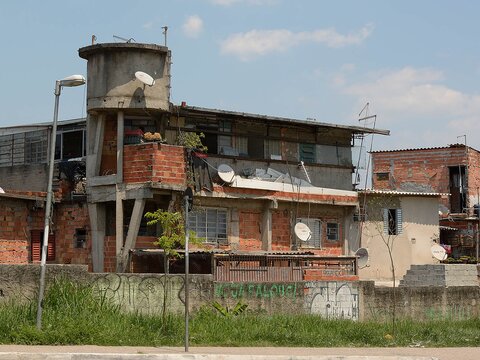
The smart and adaptable get a temporary job or become day laborers. At some point, they may even be able to buy a few bricks, cement and zinc sheets for a roof. A tiny one-room stone hut is built on a piece of occupied land, which is expanded as soon as possible. Their relatives from the countryside, also poor and unqualified, follow them after a while - and the favela grows still further .Over time, a well-functioning community with a resilient social structure and binding interpersonal relationships develops. Most of the faveleiros (= inhabitants of these poor quarters) are honest people who are willing to work but, realistically, have no prospects for the future. But there is also the other, negative, violent, highly criminal face of the favelas: organized crime very often seeks shelter in these settlements. The residents are frequently abused as human shields or lured with lucrative jobs for the bosses, following the mafia model.
For decades, the authorities have periodically launched campaigns to eliminate the favelas. If a settlement has already become too firmly established, recent efforts tend to try and put order in the chaos: paving roads; building drinking water systems and electricity lines; implementing a sewerage network; setting up schools, police stations, out-patient clinics - in short, creating a public infrastructure. This is a tough, cost-intensive process that is repeatedly paralyzed by administrative sloppiness and corruption. About 10 years, the government attempted to replace the official term favela with communidade (= community), but unfortunately failed in the face of reality. By doing so, the discrimination of the faveleiros was to be stopped: if there are no more favelas, their inhabitants can also no longer be marginalized - but it obviously was not possible to remedy the deep-seated issues with this approach!
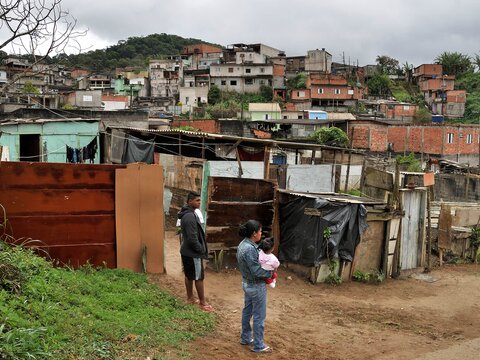
The above insights are intended to give you a more accurate picture of the environment in which the SBA GIRASSOL Kids/Pro facility is located. Since its beginnings in 1992, "our" favela in the district of Grajaú in the south of São Paulo has not only grown considerably, but has also become more "solid": many of the wooden huts of yesteryear have given way to buildings made of bricks and concrete, although still not conforming to official building regulations. The city administration has been working to develop a city infrastructure that should be a given in a metropolis like São Paulo – but this has been going on and on for a very long time. . .
In recent years, the immense social problems of the favela in which GIRASSOL is located have hardly changed. This has led, inevitably, to the fact that a facility that offers care, education and a future to children and young people at virtually zero cost in an otherwise hopeless environment has become a light house project and a beacon of hope for the area.
SBA GIRASSOL Kids/Pro has given a perspective for many families in the favela of Grajaú, helping them to pave their way to a self-determined, honest life. In order to meet the increasing demands, the steadily growing needs of the population and the broader educational programmes on offer, GIRASSOL has to cover much more than “just” the monthly operating costs of € 35.000!
